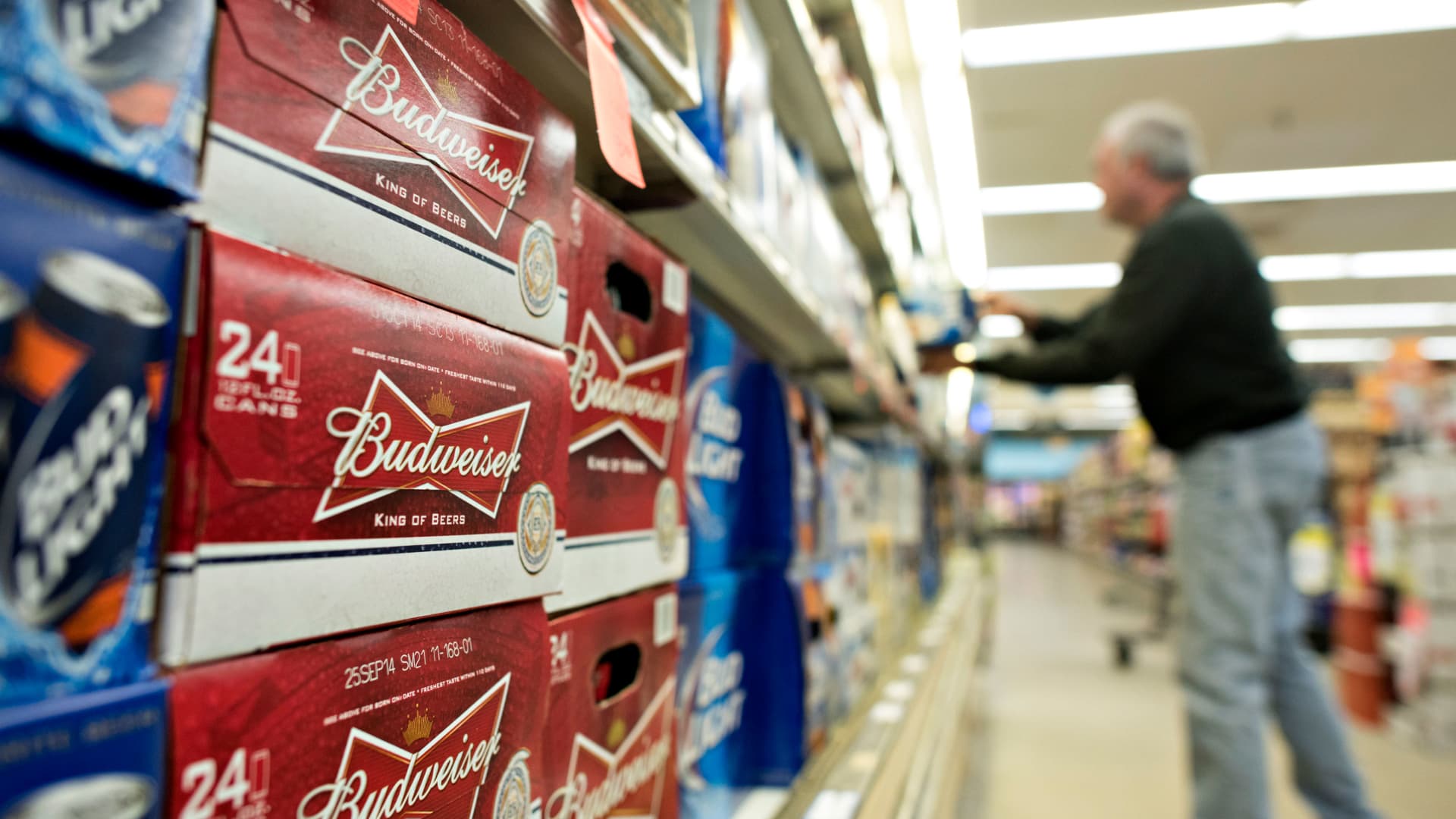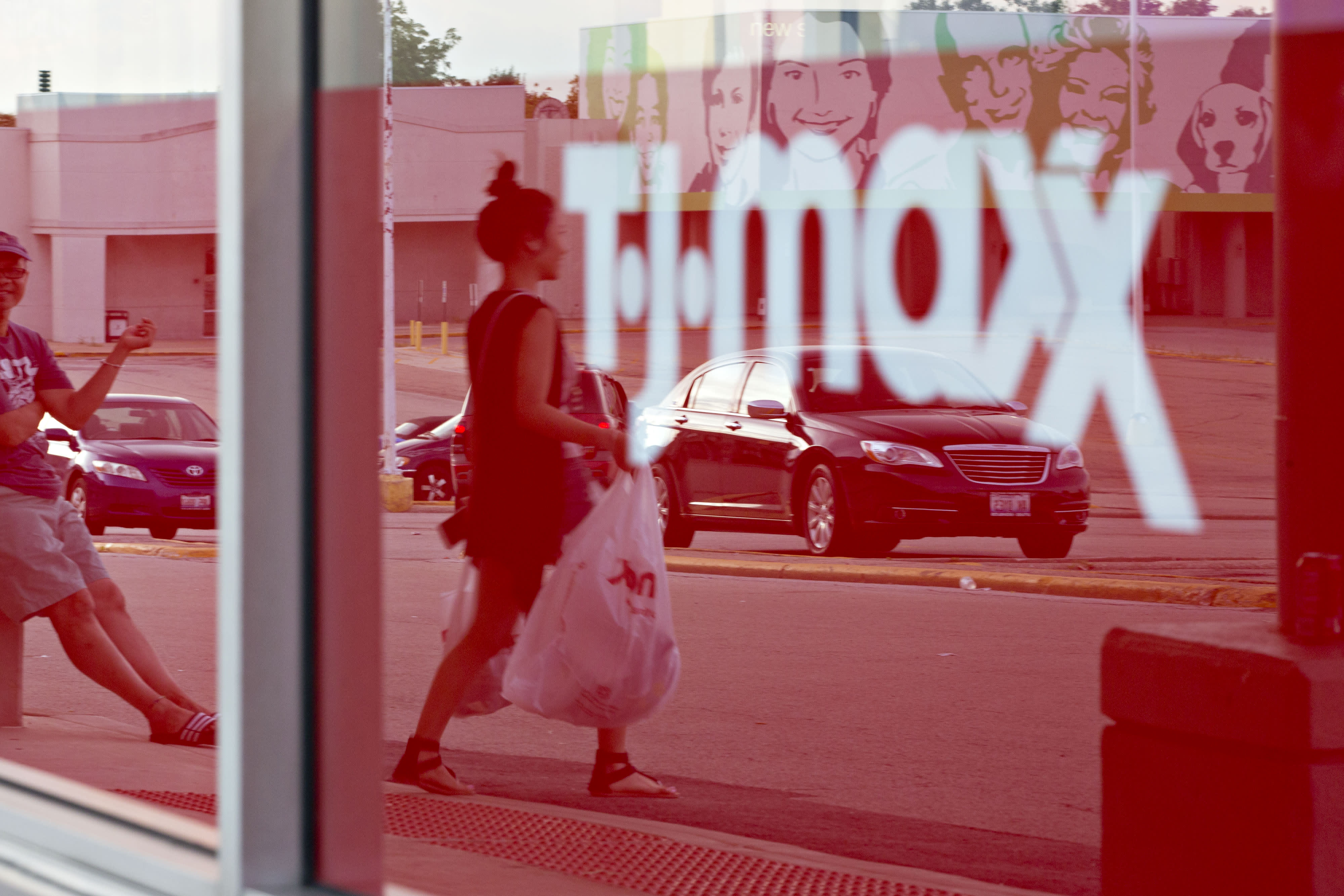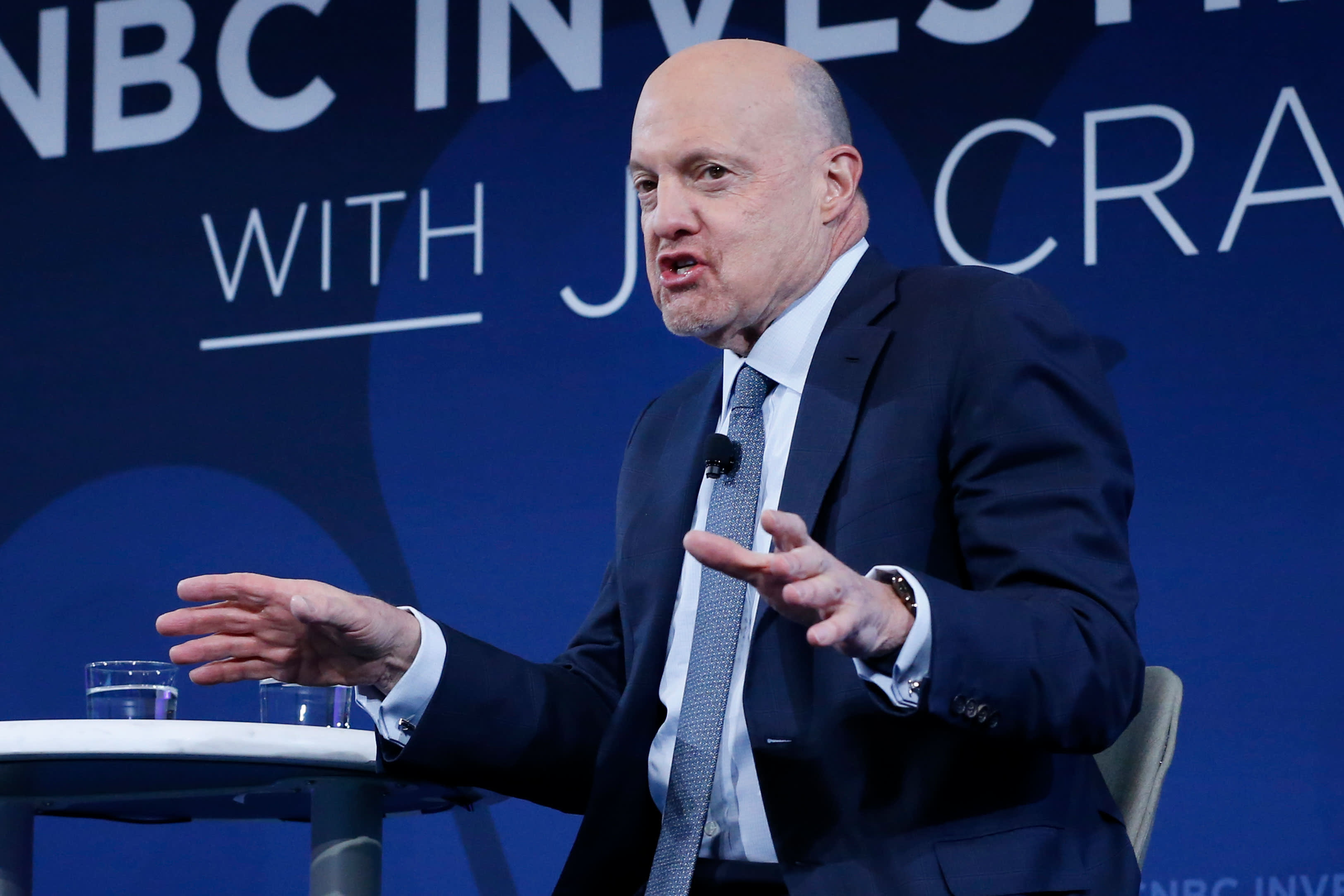Beer isn’t as much of a bargain as it used to be.
Americans are drinking fewer brews, and the sector is steadily losing market share to spirits. Beer companies, faced with rising operating costs in areas like packaging and transportation, have raised prices and seen bigger profits, with consumers footing the bill.
related investing news
The price of beer bought at retail locations such as grocery stores rose 5.9% for the 12 months through April 2023 compared with the prior year, according to data from the Bureau of Labor Statistics. The rate topped the overall 4.9% inflation for the same period.
Since 2000, retail beer consumed at home has increased more than 72%. The cost of beer has climbed even more for people drinking outside the home, jumping 102% during that time.
While beer lovers have felt inflation in their wallets, price increases in the last year helped to drive strong performances for some of the world’s largest beer makers.
In its latest quarterly earnings report, Anheuser-Busch InBev, the world’s largest brewer and the maker of Bud Light, reported a jump in profit driven by price increases and getting consumers to spend more on premium offerings. As a result, the brewing giant saw its core profit increase by 13.6% year over year to $4.76 billion. At the same time, beer sales increased only 0.4% from a year ago.
Other beer makers such as Molson Coors and Heineken are also reporting better-than-expected profits as consumers absorb higher prices.
Danelle Kosmal, vice president of research at the Beer Institute, said beer is still a staple product in many American households and remains an “affordable luxury.” She notes that other beverage categories, such as juice and carbonated drinks, have seen double-digit increases far above the overall rate of inflation.
Meanwhile, drinkers of distilled liquor and wine beverages are faring much better amid the nation’s soaring inflation. Prices for both categories have seen only moderate increases of about 1% to 2.5% year over year.



